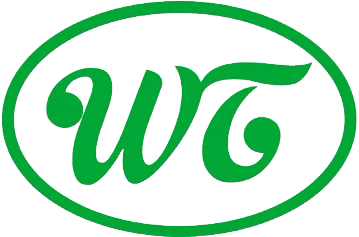



Introduction
Hot melt adhesive film for bonding PVC synthetic leather is a type of adhesive material ,It is typically composed of thermoplastic polymers. Common polymers used include ethylene - vinyl acetate (EVA), polyamide (PA), and thermoplastic polyurethane (TPU). Each polymer has its own characteristics.
Product Advantage
EVA - based adhesive films have good flexibility and are relatively cost - effective. TPU - based films, on the other hand, offer excellent abrasion resistance and high - strength bonding, making them suitable for applications where durability is crucial.
Strength and Durability:
The bond strength of a well - applied hot melt adhesive film can be quite high. PVC leather hot melt adhesive film can provide a peel strength that meets the requirements of many applications. For example, in applications such as upholstery or footwear, the bond can withstand normal wear and tear, including flexing, rubbing, and exposure to moderate environmental conditions. The durability of the bond also depends on factors such as the adhesive film's thickness. Thicker films may provide more robust bonds in some cases.
Application Process
Surface Preparation:
Before applying the hot melt adhesive film, it is essential to prepare the PVC synthetic leather surfaces. The surfaces should be clean, dry, and free of contaminants such as dust, grease, or other substances that could interfere with the bonding. This may involve wiping the surfaces with a suitable solvent (such as isopropyl alcohol) to ensure good adhesion.
Heating and Application:
The Hot melt adhesive for PVC polyvinyl chloride can be applied using a hot - air gun, a heat press, or other heating equipment. When using a hot - air gun, the film is heated evenly until it melts and is then quickly placed between the two PVC synthetic leather surfaces to be bonded. With a heat press, the film and the leather are placed between the platens, and the press applies heat and pressure to activate the adhesive. The temperature and pressure settings need to be adjusted according to the specific adhesive film and the thickness of the leather to achieve optimal bonding.
Curing and Cooling:
After the adhesive film is applied and the surfaces are joined, it is necessary to allow the adhesive to cool and cure properly. This usually takes a short period, depending on the ambient temperature and the type of adhesive. For example, in a well - ventilated room at room temperature, an EVA - based adhesive film may take a few minutes to solidify completely, while a PA - based film may require a slightly longer time due to its higher melting point and different cooling characteristics.




PVC Leather Hot Melt Adhesive Film
Contacts Us
Classification
Customer score

Customer score


